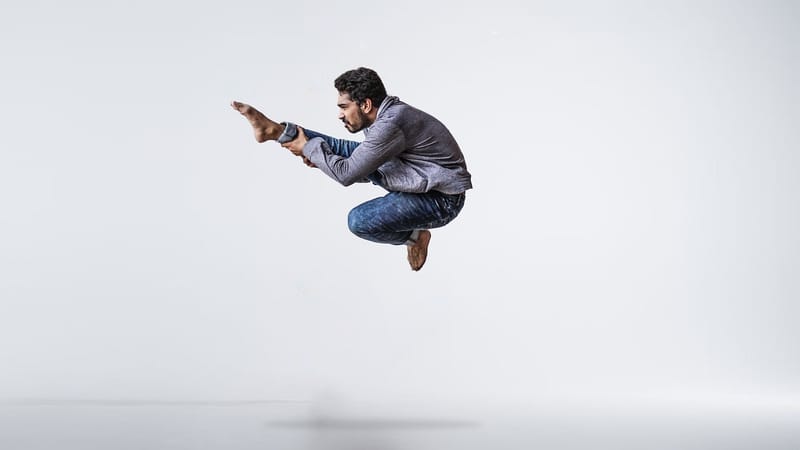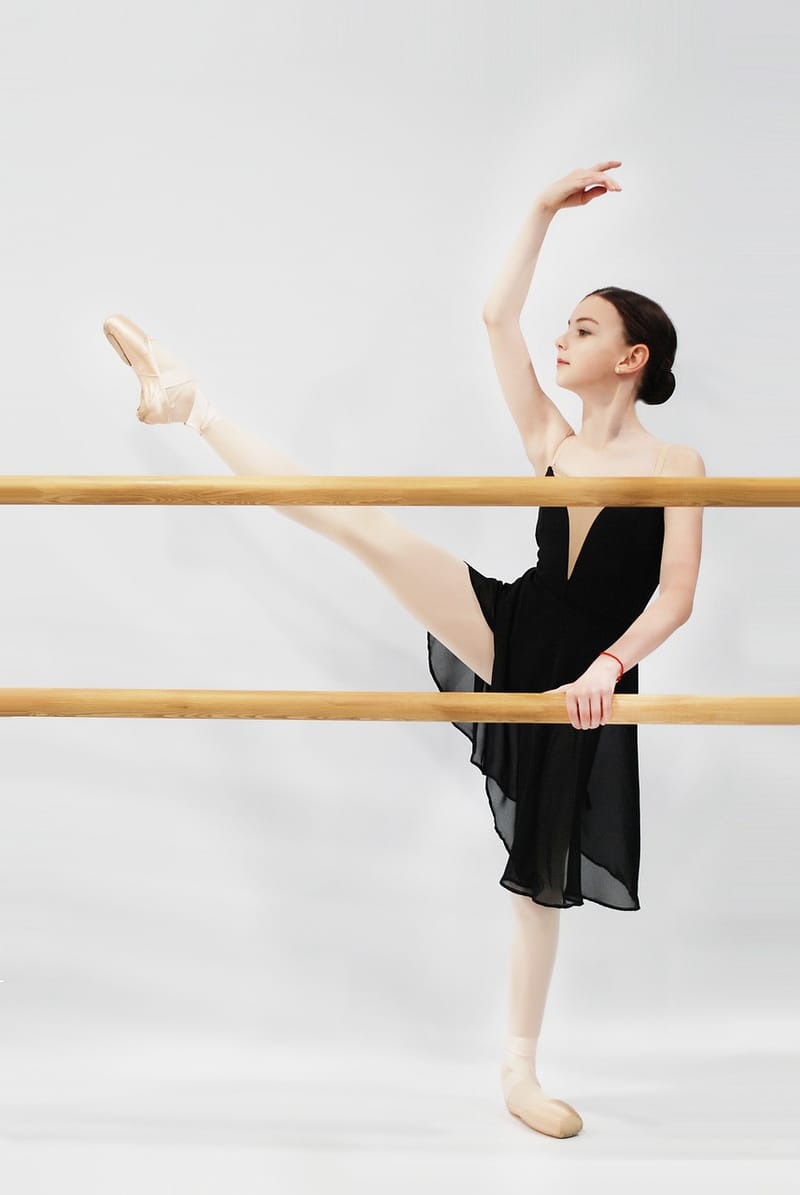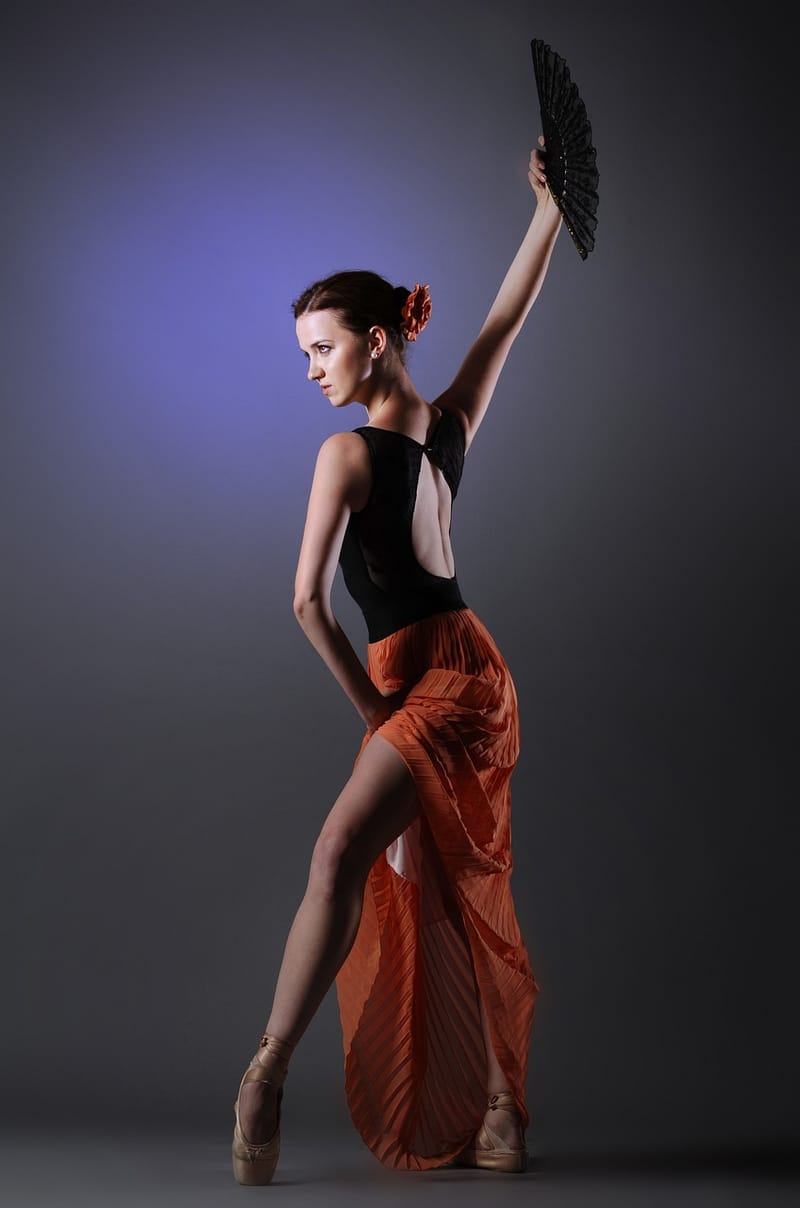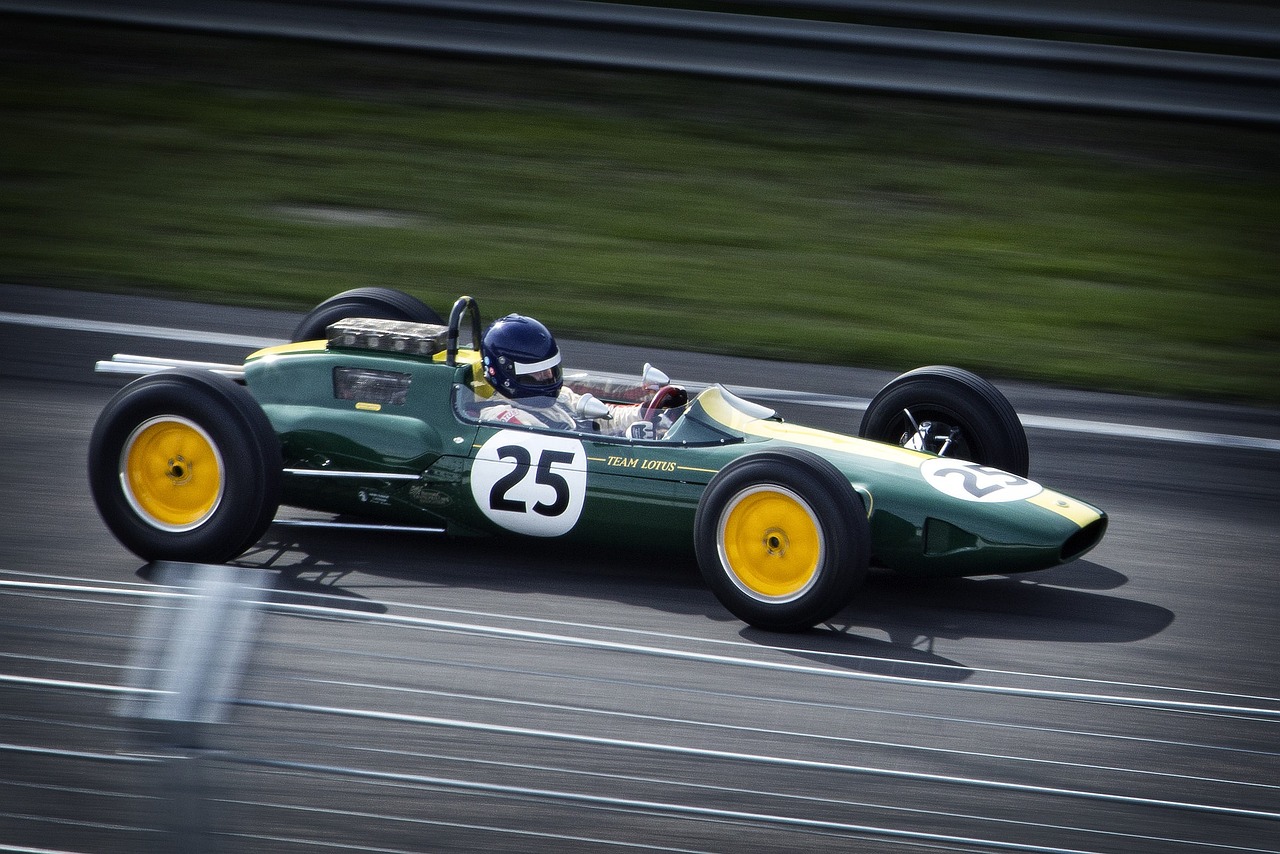Dance - Part 1
Expressive Movement Forms - Part 1
Expressive movement forms encompass a diverse range of artistic expressions that communicate emotions, stories, and ideas through the physical body. In this two-part series, we will explore various forms of expressive movement, their origins, techniques, and significance in the world of performing arts.
1. Ballet

Ballet, with its graceful movements and classical techniques, is one of the most renowned forms of expressive movement. Originating in the Italian Renaissance courts of the 15th century, ballet has evolved into a highly technical dance form that tells stories through precise and elegant movements.
2. Contemporary Dance

Contemporary dance emerged in the mid-20th century as a reaction against the strict techniques of ballet. It incorporates elements from various dance styles, focusing on self-expression, improvisation, and fluidity of movement.
3. Jazz Dance

Jazz dance, born out of African American vernacular dance styles, combines sharp movements, syncopated rhythms, and expressive gestures. It is often characterized by its energetic and dynamic choreography.
4. Hip Hop Dance

Hip hop dance originated in the streets of New York City in the 1970s and has since become a global phenomenon. It encompasses a wide range of styles, including breaking, popping, and locking, and is known for its improvisational nature and urban aesthetic.
5. Flamenco

Flamenco, a traditional Spanish art form, combines singing (cante), guitar playing (toque), dance (baile), and rhythmic handclaps (palmas). The intense and passionate movements of flamenco dancers convey a range of emotions, from joy to sorrow.
Stay tuned for Part 2 of our exploration into expressive movement forms, where we will delve into more captivating styles that captivate audiences worldwide.
